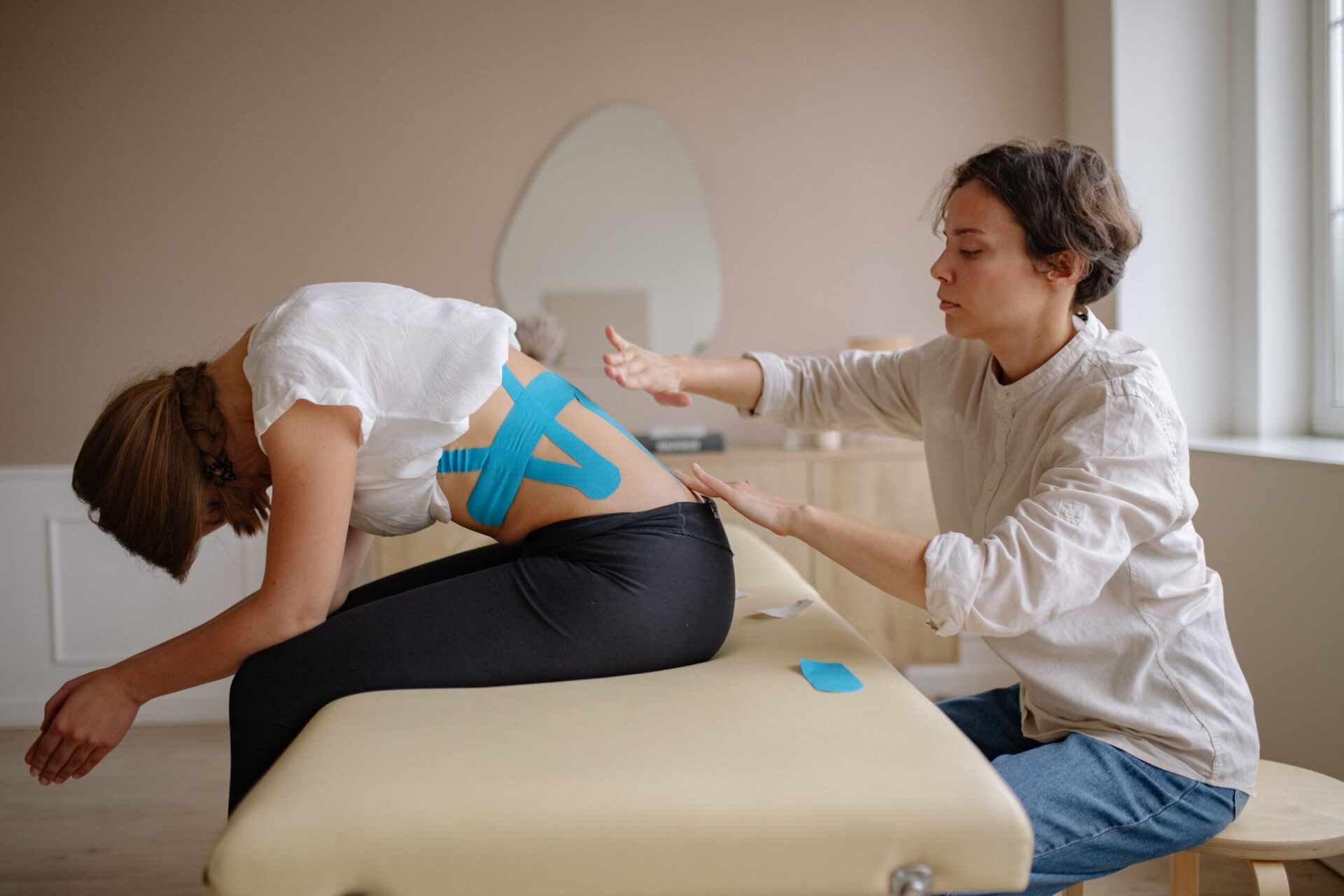Professional Physical Rehabilitation Techniques for Boosted Stamina and Health
The domain name of professional physical rehabilitation includes a range of methods designed to boost both toughness and overall well-being. Central to this technique is the understanding of individualized therapy strategies that integrate resistance training, manual treatment, and practical workouts, each offering unique roles in rehab.
Understanding Physical Rehabilitation Concepts
Physical rehabilitation concepts are grounded in a holistic understanding of the body and its action to injury and rehab. These principles emphasize the interconnectedness of physical, emotional, and social aspects that affect a person's health. A basic facet of physical rehabilitation entails analyzing the individual's overall condition, determining problems, and developing customized treatment strategies that facilitate healing and boost feature.
At the core of physiotherapy is the idea in patient-centered care, where professionals actively involve individuals in their rehabilitation procedure. This collective approach cultivates motivation and encourages adherence to treatment procedures. Physiotherapists use evidence-based techniques to lead their treatments, guaranteeing that strategies and modalities are sustained by present research.
An additional trick principle is the importance of motion and feature in recovery. Physio therapists concentrate on recovering movement, stamina, and control, acknowledging that optimum physical feature is essential for general wellness. In addition, education and learning plays an important function in physiotherapy, as experts overview clients in recognizing their problems and adopting healthier way of life selections.
Trick Strategies for Stamina Building
Toughness structure is an essential component of rehabilitation, targeted at enhancing muscular tissue function and total physical efficiency. Physio therapists use different techniques to promote this process, customizing programs to fulfill specific client requirements.
One secret technique is resistance training, which involves exercises making use of weights, resistance bands, or body weight to increase muscular tissue strength. This technique properly targets particular muscular tissue teams, promoting hypertrophy and endurance. One more important technique is useful training, which concentrates on workouts that simulate day-to-day tasks, improving the capacity to do regular jobs with better simplicity and toughness.
Modern overload is also important in toughness structure. This principle entails slowly boosting the intensity of workouts, whether through added weight, boosted repetitions, or modified pace, making certain continual adaptation and growth of muscle fibers. In addition, incorporating plyometric exercises can improve power and explosiveness, which is specifically beneficial for athletes and energetic people.
Lastly, isometric workouts, where muscle mass agreement without changing length, can boost stability and stamina in details joints. By integrating these techniques into personalized recovery programs, physiotherapists can effectively sustain clients in achieving their strength-building goals, eventually bring about improved practical results and boosted quality of life.
Benefits of Handbook Therapy
Integrating a selection of therapeutic techniques improves the overall performance of rehabilitation programs, and guidebook treatment attracts attention as an important technique. This hands-on intervention contributes in easing pain, boosting movement, and promoting the healing process.
Manual therapy encompasses various strategies, consisting of soft tissue mobilization, joint manipulation, and myofascial release (physio north lakes). These techniques intend to minimize muscle mass stress, my explanation boost circulation, and restore practical activity. By attending to soft tissue constraints and joint disorders, hand-operated therapy can substantially add to discomfort alleviation and boosted series of motion
Furthermore, the restorative touch involved in hand-operated therapy cultivates a strong patient-provider relationship, advertising count on and convenience. This emotional connection can enhance client adherence to recovery methods and overall contentment with their care.
Research has actually demonstrated that handbook treatment can be especially reliable for problems such as reduced pain in the back, neck discomfort, and stress migraines. physio north lakes. As a his explanation corresponding treatment, it can be incorporated with various other methods, such as exercise or modalities, to optimize outcomes. Ultimately, the benefits of hands-on therapy highlight its essential function in detailed physiotherapy therapy strategies, sustaining both toughness enhancement and general health
The Role of Workout Prescription
Exercise prescription plays an essential role in the rehab process, offering as a fundamental component for attaining optimum client results. It includes the systematic preparation of physical activities tailored to the specific requirements and capabilities of people. By thinking about elements such as age, physical problem, and specific wellness goals, physiotherapists create tailored exercise programs that promote recovery and improve overall physical well-being.

In addition, exercise prescription cultivates patient interaction and ownership of the rehab procedure. By actively joining their recovery, individuals are more probable to comply with suggested programs, causing improved end results. In recap, workout prescription is an important part of physiotherapy, giving organized, tailored plans that support Get the facts people in their trip toward enhanced strength and overall wellness.
Integrating Mindfulness in Recuperation
The consolidation of mindfulness practices into rehab methods supplies an all natural technique to healing that matches typical workout prescription. Mindfulness, defined as the willful focus on the here and now minute, can considerably boost individual outcomes by cultivating better recognition of physical sensations and moods. This increased understanding permits people to much better recognize pain signals and stress and anxiety reactions, promoting much more effective self-regulation.
Research has revealed that integrating mindfulness strategies, such as meditation and focused breathing, can reduce anxiety and enhance emotional durability throughout recuperation. These techniques equip patients to manage discomfort and grow a favorable attitude, which is crucial for adhering to exercise routines and attaining long-lasting rehab objectives.
Physiotherapists can include mindfulness by directing patients through brief mindfulness workouts before or after physical therapy sessions. This assimilation not only aids in physical recovery however additionally promotes total psychological health. Moreover, teaching patients to take part in mindfulness during exercises can improve their emphasis, ensuring that activities are executed with better accuracy and purpose.
Final Thought
